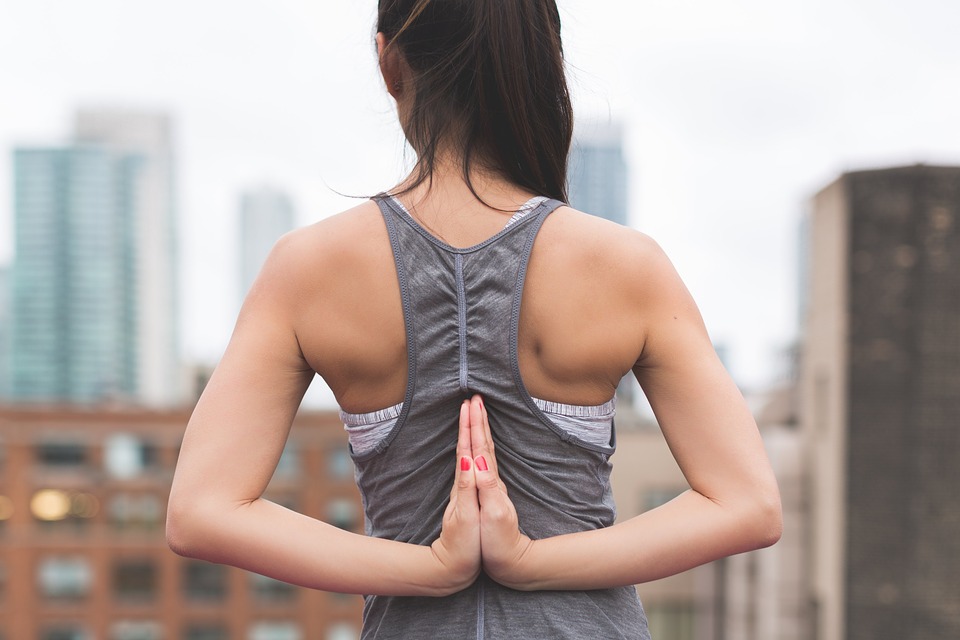
Image via Pexels
We all know that working at an office desk all day can really mess with your back. Sitting in the same position while staring at a screen will intensify aches and pains laying dormant in your lower back and spine. However, office jobs aren’t the only careers to blame when it comes to chronic neck and back pain. Consider taking a trip to your chiropractor if you spend your work week in any one of these five occupations.
Childcare Workers
Ask any parent or nanny and they’ll tell you, the constant bending over and lifting up that comes with childcare doesn’t feel great. Bending down to keep on a little one’s level, constantly picking up and setting down a baby, or even doing one of the million other tasks that come with childcare such as dishes, meal prep, or laundry are all things that can really take their toll on one’s back. Childcare workers can practice safe lifting by bending at the knees and lifting with the arms while keeping a straight back in order to avoid sharp lower back pains, and should try to steer clear of carrying children on one hip.
Emergency Responders
Firefighters, police officers, and medic workers have some of the most stressful jobs available. These people put their lives on the line to help protect and save others. Unpredictable situations can involve heavy lifting (objects and people), and the traumatic nature of their occupation can be an obstacle in properly caring for their bodies. Emergency responders should take time to see their chiropractor to help alleviate pain and keep themselves in the best shape possible.
Warehouse Workers
Warehouse workers are no stranger to back pain. Their entire job revolves around maneuvering boxes and crates full of heavy products. According to the National Institute of Occupational Safety and Health, the constant bending, lifting, and stacking of crates — even while operating forklifts — makes warehouse workers eight times more likely to suffer back problems than workers in other fields. Warehouse workers should practice safe lifting techniques and avoid twisting their bodies excessively.
Cab & Truck Drivers
Spending a lot of time sitting behind the wheel can cause intense stiffness, soreness, and aches. Unlike sitting in an office chair, when you drive for a living, the opportunities to get up and stretch are few and far between. Cab and truck drivers should see a chiropractor to determine the best way to alleviate their pain, since sitting for six to eight hours at a time isn’t negotiable in their careers. In the meantime, drivers can use lumbar support pillows to help with proper posture and pain relief.
Nurses
While they spend so much time taking care of other people, nurses could benefit from more self-care, as they suffer more back pain than a lot of other occupations. According to research by the American Journal of Nursing, nearly half of all nurses struggle with lower back pain. Their shifts are often longer than eight hours and mostly spent on their feet. In addition to seeking chiropractic care, nurses should make sure to wear comfortable and supportive shoes to decrease foot, leg, and back pain.
If your job is causing you chronic pain flare-ups, Spencer Chiropractic Center is here to help. Visit us for a consultation today!




